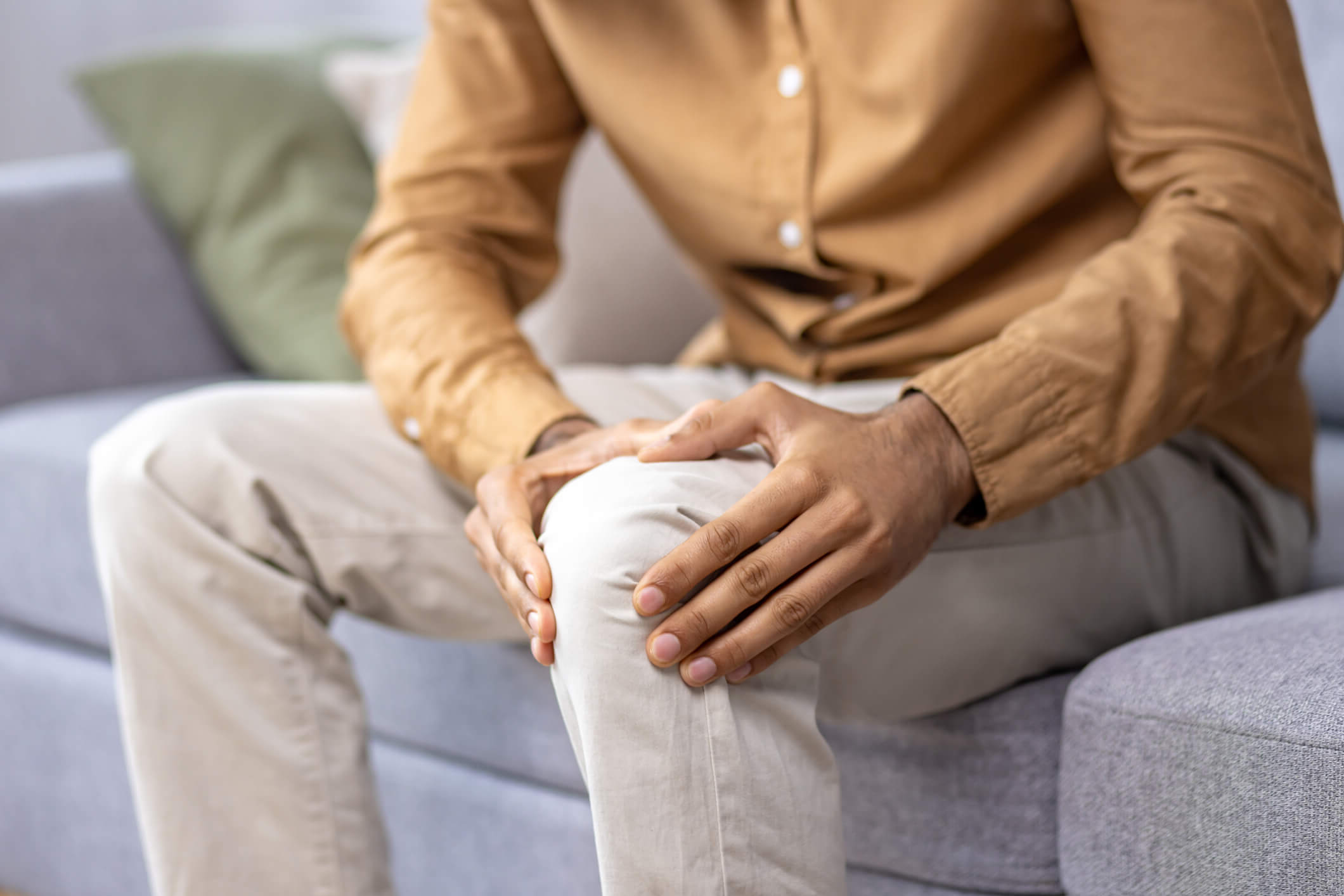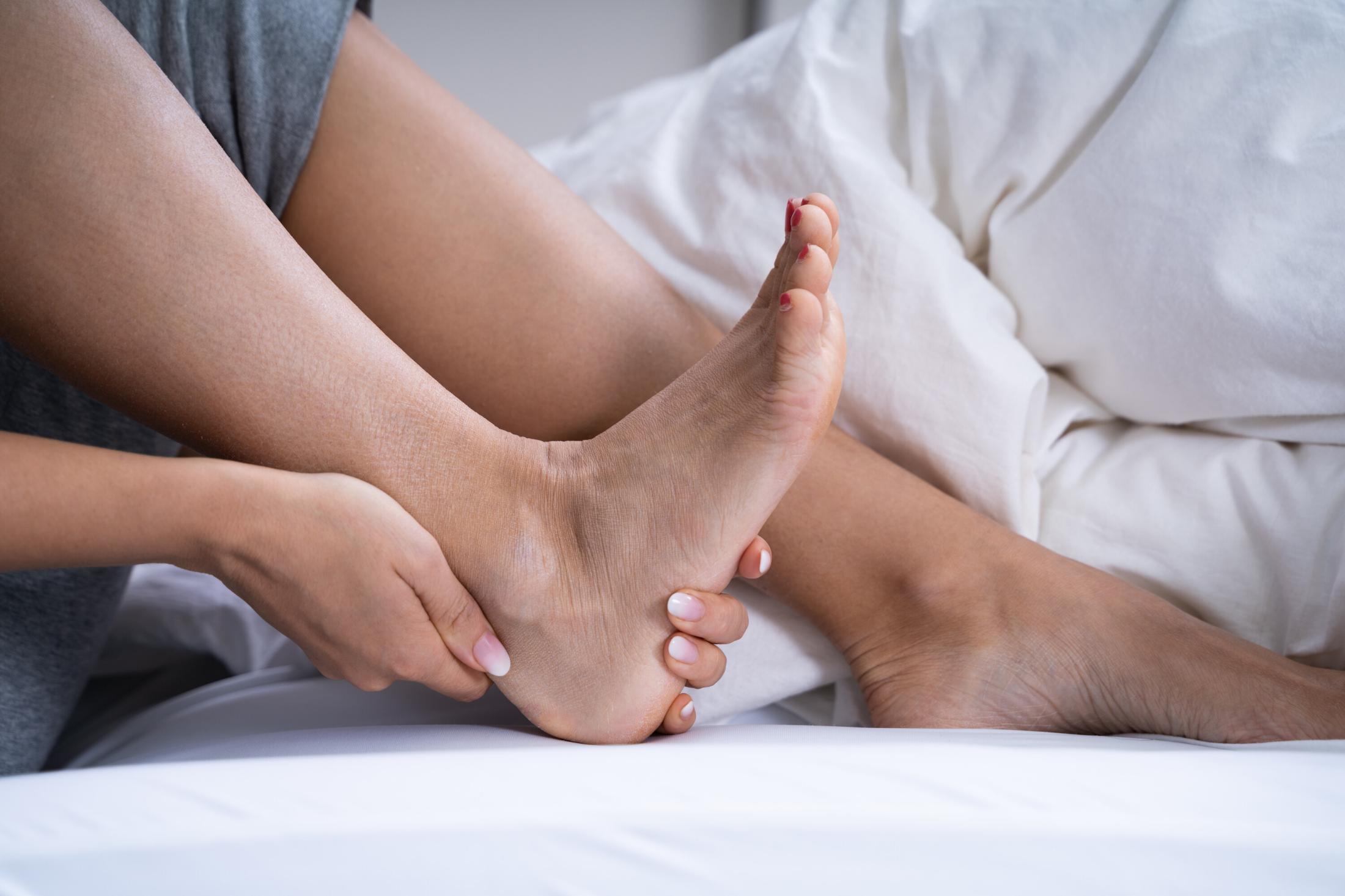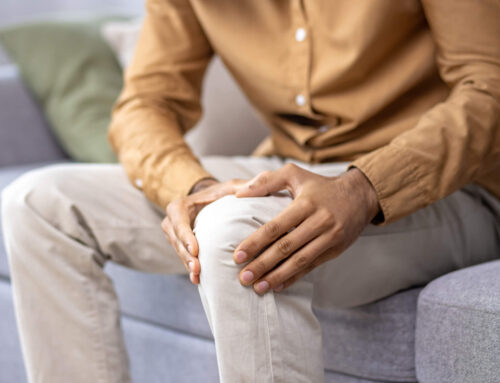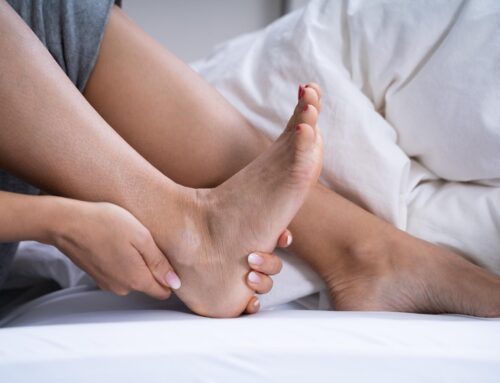By offering targeted support, body braces can improve mobility and enhance the quality of life for individuals with various physical challenges. There are several types of body braces, each designed to address specific needs and conditions. From athletes looking to prevent injuries to individuals recovering from surgery or managing chronic pain, body braces play a key role in enhancing daily life.
Each type offers unique benefits tailored to specific parts of the body, ensuring that you receive the precise support you need for optimal recovery and comfort.
Types of Body Braces
Body braces come in a variety of designs, each crafted to meet specific needs and provide targeted support. These braces are instrumental in preventing injuries, facilitating recovery, and alleviating discomfort from numerous conditions.
Knee Braces
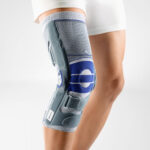
Common Conditions Treated
- Arthritis
- Ligament injuries (e.g., ACL, MCL)
- Patellar tracking disorders
- Post-surgery recovery
Rehabilitation Uses
In rehabilitation, knee braces offer the necessary support to facilitate a safe and effective recovery. By limiting harmful movements and providing stability, these braces help individuals gradually regain strength and mobility in the knee. They are essential in preventing re-injury and ensuring a smooth recovery process
Back Braces

By encouraging proper alignment, back braces can help improve posture. This is particularly beneficial for individuals who spend long hours sitting or standing, as it can prevent and alleviate pain associated with poor posture.
Common Conditions Treated
- Herniated discs
- Muscle strains
- Sciatica
- Spinal stenosis
- Osteoarthritis
Posture Correction
By encouraging proper alignment, back braces can help improve posture. This is particularly beneficial for individuals who spend long hours sitting or standing, as it can prevent and alleviate pain associated with poor posture.
Rehabilitation Uses
During rehabilitation, back braces help limit movements that could aggravate injuries. They provide essential support to the spine and surrounding muscles, aiding in a safe and effective recovery process. This support helps individuals regain their strength and improve mobility while protecting the injured area from further harm.
Foot and Ankle Braces
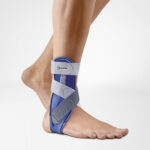
Common Conditions Treated
- Ankle sprains
- Plantar fasciitis
- Achilles tendonitis
- Ligament injuries
- Chronic ankle instability
- Post-surgery recovery
Rehabilitation Uses
Foot and ankle braces support the healing process by restricting unnecessary movements and providing the stability needed to recover from injuries. This support helps to gradually regain strength and mobility in the affected area while preventing further strain or damage.
Hand and Wrist Braces

Common Conditions Treated
- Carpal tunnel syndrome
- Tendonitis
- Arthritis
- Wrist sprains and strains
- Repetitive strain injuries
- Post-surgery recovery
Support During Activities
Wrist braces offer essential support during various activities, helping to prevent strain and injury. They are particularly useful for repetitive motion tasks that can lead to wrist pain, such as typing, lifting, and other manual tasks.
Rehabilitation Uses
In rehabilitation, hand and wrist braces help limit movement and provide the support necessary for healing. This controlled immobilization allows tissues to heal properly, reducing the risk of further injury and promoting faster recovery.
Shoulder Braces
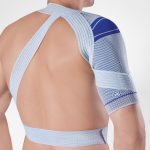
Common Conditions Treated
- Dislocations
- Rotator cuff injuries
- Shoulder impingement syndrome
- Bursitis
- Tendonitis
- Post-surgery recovery.
Rehabilitation Uses
In rehabilitation, shoulder braces aid in the recovery process by limiting movement and providing support. This helps individuals regain strength and mobility gradually while protecting the shoulder from further injury
Choosing the Right Body Brace
Selecting the right body brace is essential for ensuring you receive the appropriate support and relief for your condition. Whether you need a brace for injury prevention, recovery, or managing a chronic condition, making an informed choice can significantly impact your comfort and mobility.
Specific Condition
Identify the specific condition or injury that requires support. Different braces are tailored to address particular issues, such as knee injuries, back pain, or carpal tunnel syndrome. Understanding your exact needs will help you select a brace that offers the best support for your situation.
Level of Support
Determine the level of support needed. Some braces provide rigid support for severe conditions, while others offer mild compression for less severe issues. Assess the severity of your condition and choose a brace that provides the appropriate level of stabilization and protection.
Size and Fit
Proper sizing is vital for comfort and effectiveness. Ensure the brace fits well and does not restrict movement or cause discomfort. Measure the affected area accurately and refer to the manufacturer’s sizing guide to find the right fit.
Material
Consider the material of the brace. Breathable, lightweight materials are ideal for daily wear, providing comfort without causing irritation. More robust materials may be necessary for higher levels of support, especially for braces intended for intense physical activities.
Activity Level
Think about your activity level and lifestyle. Some braces are designed for use during physical activities, offering the flexibility and support needed for sports or exercise. Others are meant for rest and recovery, providing support while you heal.
Ease of Use
Choose a brace that is easy to put on and take off. Adjustable straps and closures can help achieve a secure and comfortable fit. Look for features that make the brace convenient to use, especially if you need to wear it frequently or for extended periods.
Care and Maintenance of Body Braces
Proper care and maintenance of your body brace ensures its longevity and effectiveness. By keeping your brace clean and properly stored, you can extend its lifespan and maintain its functionality.
Cleaning
Regular cleaning of your body brace is important for hygiene and to keep it functioning effectively.
- Always follow the manufacturer’s cleaning instructions provided with your brace.
- Most braces can be hand washed using mild soap and lukewarm water. Avoid using harsh detergents or bleach, as they can damage the materials.
- After washing, let the brace air dry completely before using it again. Avoid using dryers or exposing the brace to direct heat sources, as this can cause the materials to warp or weaken.
- For minor stains or dirt, spot clean the brace with a damp cloth and mild soap. This can help maintain the brace’s appearance and hygiene between full washes.
Storage
Proper storage of your body brace is just as important as cleaning.
- Store your brace in a cool, dry place away from direct sunlight to prevent material degradation.
- Lay the brace flat or store it in a way that it retains its shape. Avoid folding or crushing the brace, as this can lead to wear and tear.
- Ensure proper ventilation around the stored brace to prevent moisture buildup and mildew growth.
When to Replace Your Brace
Even with proper care, body braces will eventually wear out and need replacement. Here are some signs that it might be time to get a new brace:
- Visible Wear and Tear
Look for signs of wear such as frayed straps, cracked or weakened material, and loss of elasticity. These can reduce the brace’s effectiveness. - Decreased Support
If you notice that the brace is no longer providing the same level of support or is becoming increasingly uncomfortable, it may be time for a replacement. - Odor and Hygiene
Persistent odors that don’t go away with cleaning may indicate that the brace’s materials have absorbed sweat and bacteria beyond what can be hygienically maintained. - Fit Issues
Over time, braces can stretch or lose their shape, leading to a poor fit. If the brace no longer fits snugly or keeps slipping, it’s a sign to replace it. - Manufacturer’s Guidelines
Pay attention to the lifespan recommended by the manufacturer. Even if the brace appears to be in good condition, it may not provide the intended support after its recommended usage period.
Benefits of Using Body Braces
Body braces offer invaluable support for a variety of conditions, enhancing both comfort and mobility. They provide targeted stabilization, which helps alleviate pain, prevent further injury, and promote faster recovery. By choosing the right brace, individuals can enjoy improved posture, reduced discomfort, and increased confidence in their daily activities. Whether for injury prevention, post-surgery support, or chronic condition management, body braces are essential tools for maintaining an active and healthy lifestyle.
Selecting the right body brace requires careful consideration and expert guidance. Consulting with healthcare professionals ensures that you receive a brace that fits well and meets your specific needs. At Care-Med, our specialists are dedicated to helping you make informed decisions, leading to better outcomes and enhanced comfort.
At Care-Med LTD, we offer certified chiropodist services and can help you determine if a body brace is right for you.
Share This Story, Choose Your Platform!
Table of Contents
We specialize in orthotics, body braces, and compression wear tailored to your unique needs in Toronto. Reach out to us at info@caremed.care or call 416-782-5353 to book your fitting and consultation.
Experience the difference of customized solutions designed just for you.


